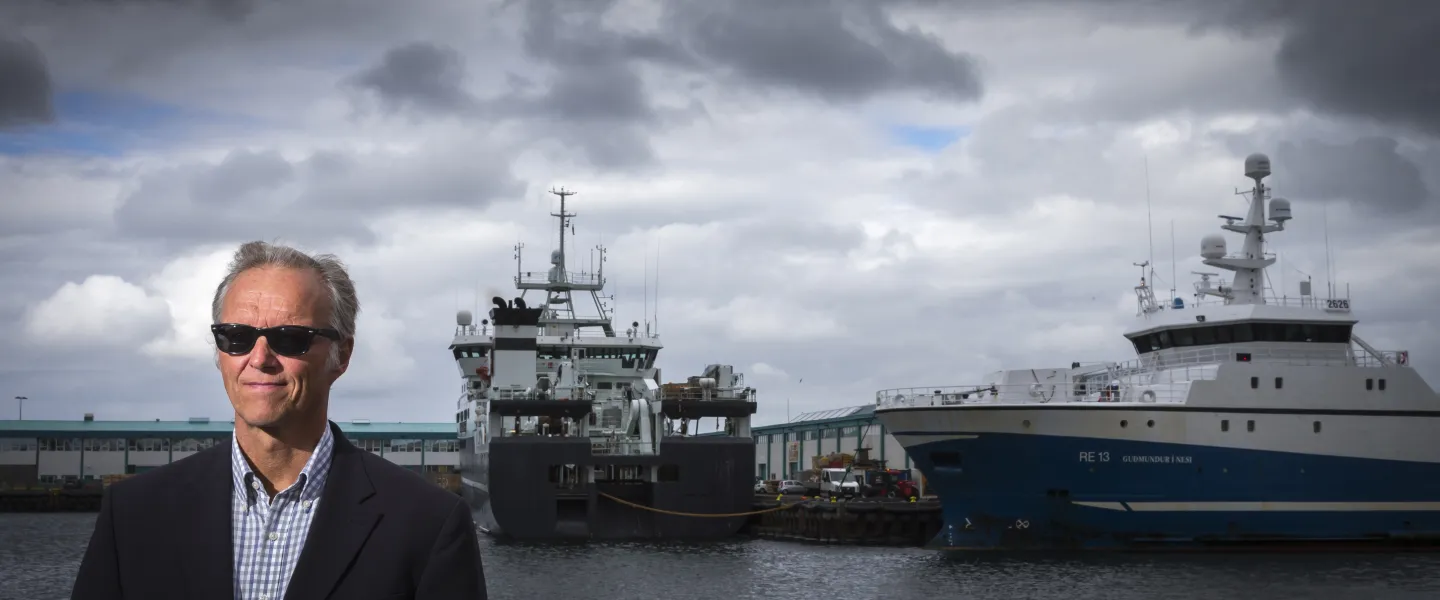
New and more precise predictive models have been developed that could potentially help us respond earlier to infectious diseases such as COVID-19.
The researchers, from the University of California, Santa Barbara, the University of Iceland, and the University of Oslo, have created a model that illustrates how particles disperse in flow—either in air or water. This understanding is crucial for meteorology, oceanography, engineering, and not least medicine. One of the model’s authors is Björn Birnir, a scientist at UC Santa Barbara and visiting professor at the University of Iceland.
“We are deepening our understanding of fluid dynamics,” says Björn Birnir. “This is not just a theoretical advancement; it could have real-world implications for how we respond to weather, pollution, and even infectious disease.”
Instead of observing flow from a fixed point, as is common, the researchers used a so-called Lagrangian approach, which involves following the flow itself and tracking how particles move, mix, and spread.
Significant impact on understanding cloud formation, wind development, and pathogen dispersion
The results show that particles follow specific patterns that can be predicted using the new model. This has various practical applications, such as:
- improving weather forecasts through more accurate descriptions of cloud formation and wind,
- better predicting the spread of pollution in the ocean or atmosphere,
- understanding how aerosols containing pathogens, such as viruses, are transmitted between people.
